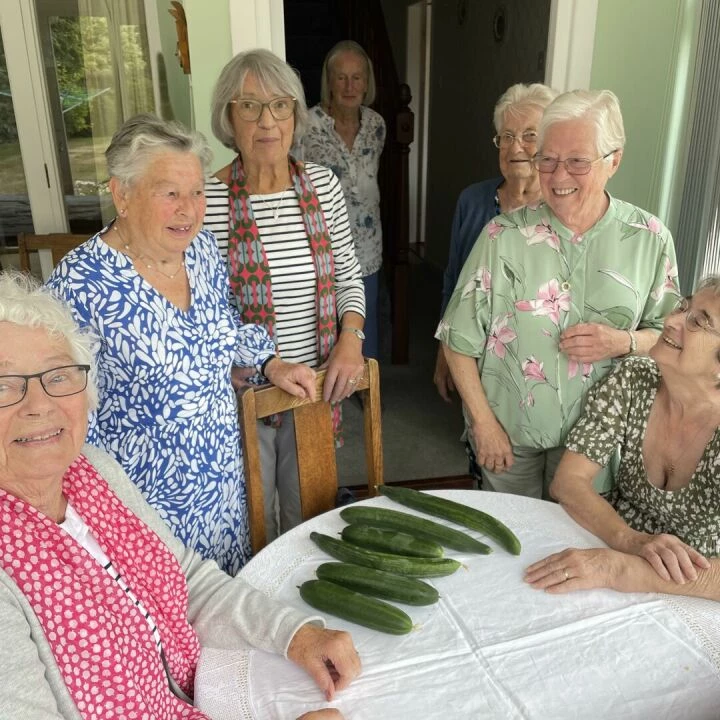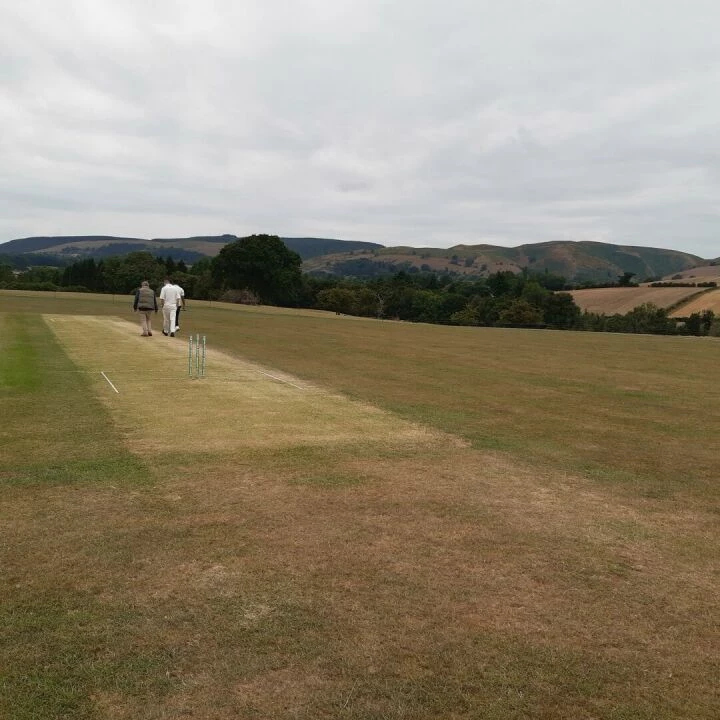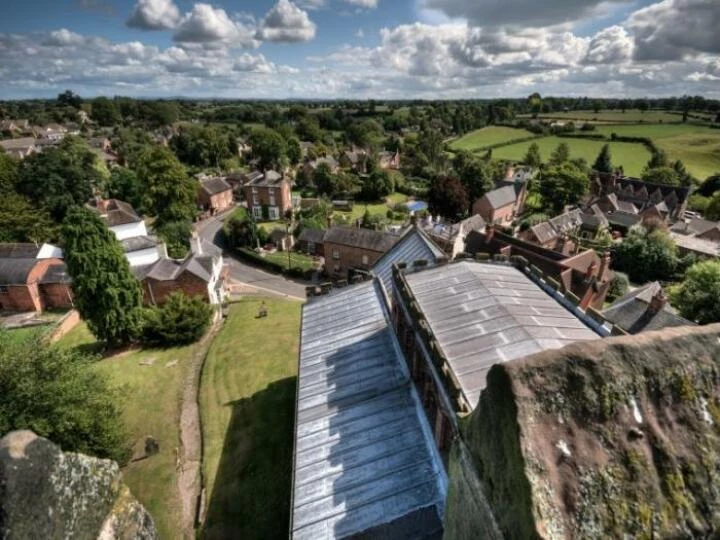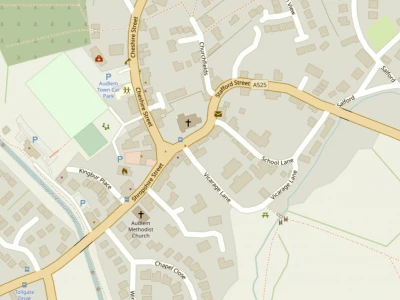







On 4th June 1411, Charles VI granted a monopoly for the ripening of the cheese to the people of Roquefort-sur-Soulzon.
They had by then been producing the cheese for centuries. Legend has it that the cheese was discovered when a youth, whilst eating his lunch of bread and ewes' milk cheese, saw a beautiful girl in the distance. Abandoning his meal in a nearby cave, he ran to meet her. When he returned a few months later, the mold – Penicillium roqueforti – had transformed his plain cheese into Roquefort.
The mold that gives Roquefort its distinctive character is found in the soil of the local caves. Traditionally, the cheesemakers extracted it by leaving bread in the caves for six to eight weeks until it was consumed by the mold. The interior of the bread was then dried to produce a powderMore recently the mold has been grown in a laboratory, allowing for greater consistency. The mold is either added to the curd or introduced to the cheese as an aerosol, through holes poked in the rind.
In 1925 the cheese was the recipient of France's first Appellation d'Origine Contrôlée when regulations controlling its production and naming were first defined.
In 1961, in a landmark ruling that removed imitation, the Tribunal de Grande Instance at Millau decreed that, although the method for the manufacture of the cheese could be followed across the south of France, only those cheeses whose ripening occurred in the natural caves of Mont Combalou in Roquefort-sur-Soulzon were permitted to bear the name Roquefort
Roquefort is made entirely from the milk of the Lacaune breed of sheep, although prior to the AOC regulations of 1925, a small amount of cow's or goat's milk was sometimes added.
Around 4.5 L (0.99 galllons) of milk is required to make one kilogram of Roquefort.
The AOC regulations that govern the production of Roquefort include:
- All milk used must be delivered at least 20 days after lambing has taken place.
- The sheep must be on pasture, whenever possible, in an area including most of Aveyron and parts of neighboring départements. At least 3⁄4 of any grain or fodder fed must come from the area.
- The milk must be whole, raw (not heated above 34 °C (93 °F), and unfiltered except to remove macroscopic particles.
- The addition of rennet must occur within 48 hours of milking.
- The Penicillium roqueforti used in the production must be produced in France from the natural caves of Roquefort-sur-Soulzon.
- The salting process must be performed using dry salt.
- The whole process of maturation, cutting, packaging and refrigeration of the cheese must take place in the commune of Roquefort-sur-Soulzon.
This article is from our news archive. As a result pictures or videos originally associated with it may have been removed and some of the content may no longer be accurate or relevant.
Get In Touch
AudlemOnline is powered by our active community.
Please send us your news and views using the button below:
Email: editor@audlem.org


